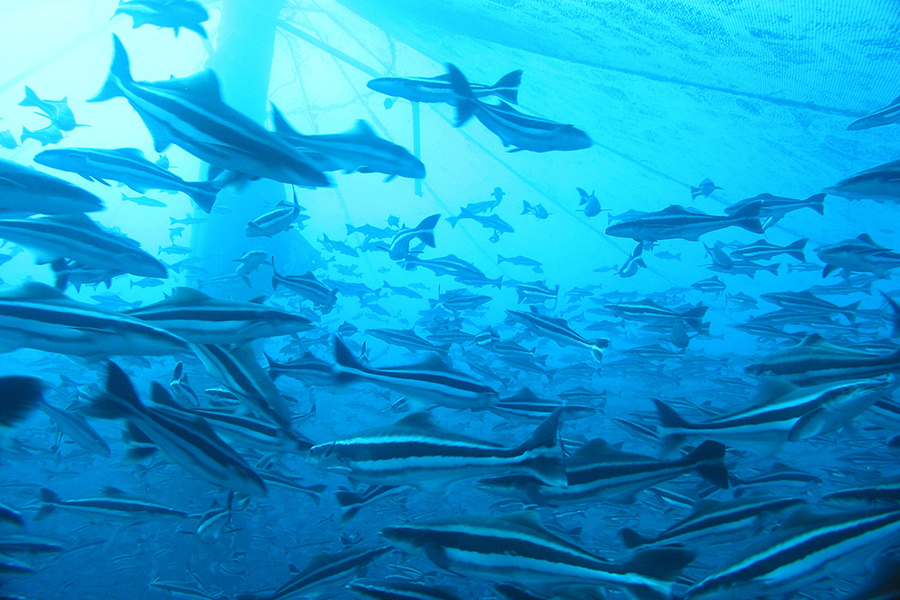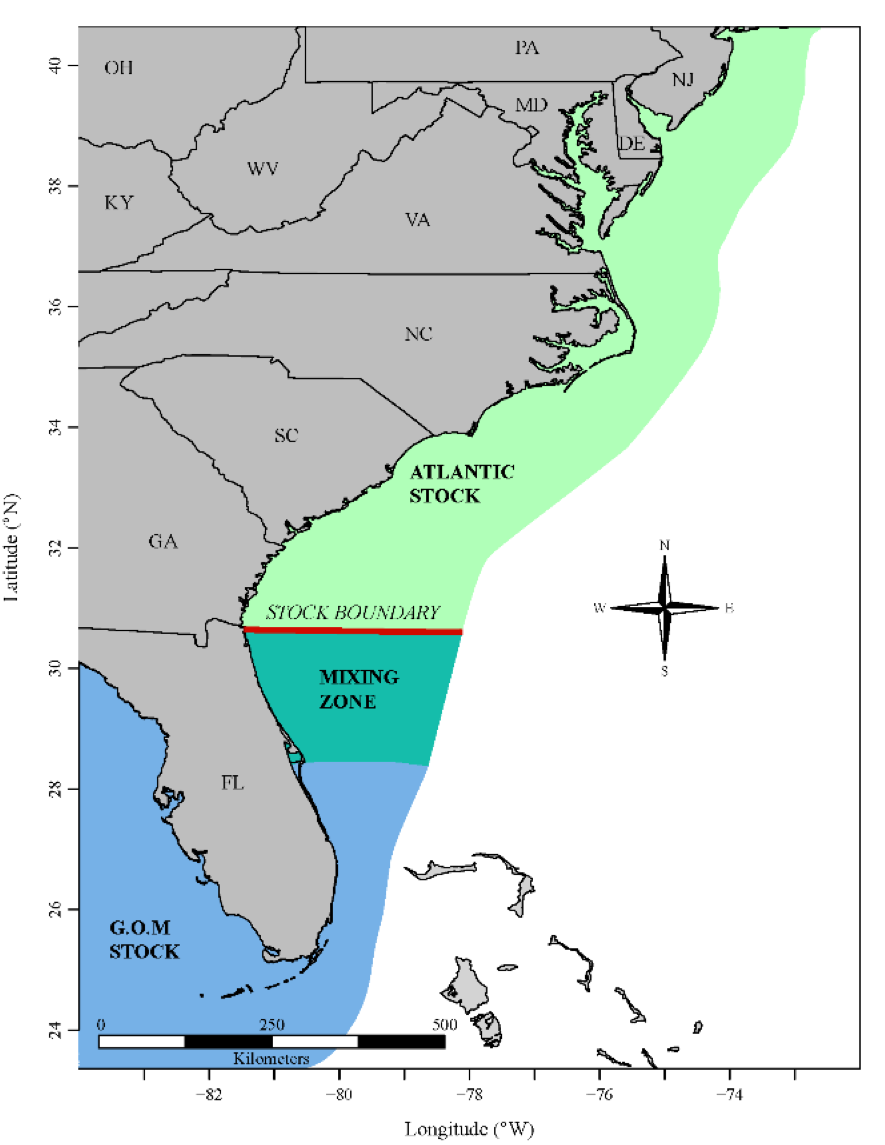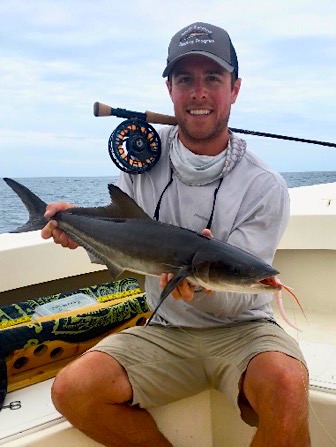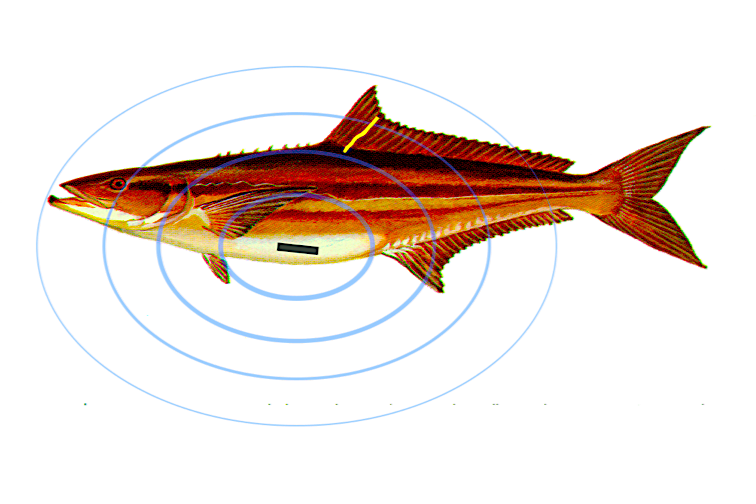Do Cobia Return to their Summer Spawning Habitat?

Electronic tagging reveals the answer.
Research Need

Cobia are a moderately-sized open-ocean fish that recreational anglers love to catch for their aggressive fight and excellent table fare. Researchers have identified two genetically distinct populations along the U.S. coastline: the Atlantic stock and Gulf of Mexico stock.
Much of the data used to delineate these stocks came from fish tagged in the southern portion of the range. Additionally, a genetic study found differences between inshore and offshore cobia in North Carolina and Virginia.
Was the accepted boundary between the Atlantic and Gulf populations valid? Were there additional differences among cobia within these areas?
What did they study?

Researchers at North Carolina State University investigated movement patterns of tagged cobia to see if the species were homing to inshore or offshore areas during spawning months. The researchers surgically implanted 98 tags in cobia captured in North Carolina and Virginia. They also established an acoustic receiver array, positioned between Cape Lookout and Cape Hatteras and extending east to the continental shelf break, to listen for the tagged fish.
What did they find?
During late spring to early fall, researchers detected 45 of 54 cobia tagged in 2018. The bulk of these fish were inshore in Chesapeake Bay, with a smaller number detected in offshore ocean waters between North Carolina and Delaware.
What else did they find?

As water temperatures dropped below about 68°F, cobia began migrations to overwinter locations. During winter, a few cobia were detected at outer continental shelf receiver sites off North Carolina, and approximately one quarter of cobia were detected south of the current stock boundary in the known “mixing zone” between Cape Canaveral in Florida and the state line between Georgia and Florida.
As water temperatures warmed above 68°F in the spring, cobia began moving northward and/or westward. In summer 2019, 31 out of 32 cobia returned to their 2018 locations.
So what?
These findings provide strong evidence that cobia show a tendency to return to a particular area, because the species adhered to their 2018 locations in 2019. The research confirmed understandings of where the boundary lies between cobia populations and may explain why there were genetic differences between inshore and offshore cobia.
Future research will determine if there are differences between inshore and offshore cobia that warrant different management strategies.
This is an ongoing study to satisfy the requirements for a M.Sc. degree in Fisheries, Wildlife, and Conservation Biology at North Carolina State University.
The North Carolina Coastal Recreational Fishing License fund supported this project.
Summary by Riley Gallagher
Lead photo courtesy of NOAA
- Categories:



